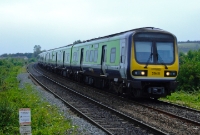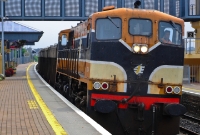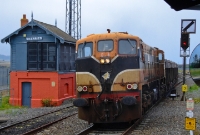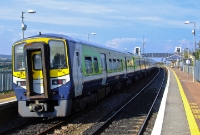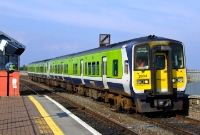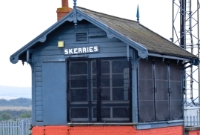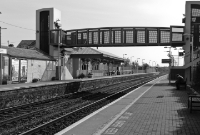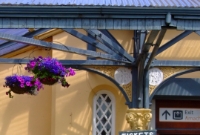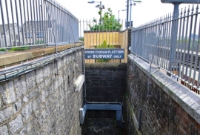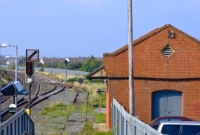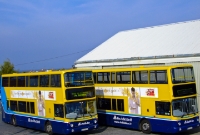Skerries
Skerries, in north Co.Dublin, is located on the Great Northern Railway's main Dublin to Belfast line, which opened with the Dublin & Drogheda Railway's May 1844 built line to Drogheda itself. The Great Northern Railway later added a number of other buildings to the original station following its takeover in 1876, these included the GNR signal cabin located at the north end of the station on the up side, and canopies on the down platform, some of which display some fine ironwork. The brick built goods shed, complete with engineers siding and loop is located at the north end on the down side. Skerries has a subway, one of few at Irish stations, though a new modern footbridge has been constructed by the station building. The station also retains an array of original GNR passenger notices and signs. The signal cabin was made redundant in 1995 following the replacement of mechanical signalling on the Dublin to Belfast line.

